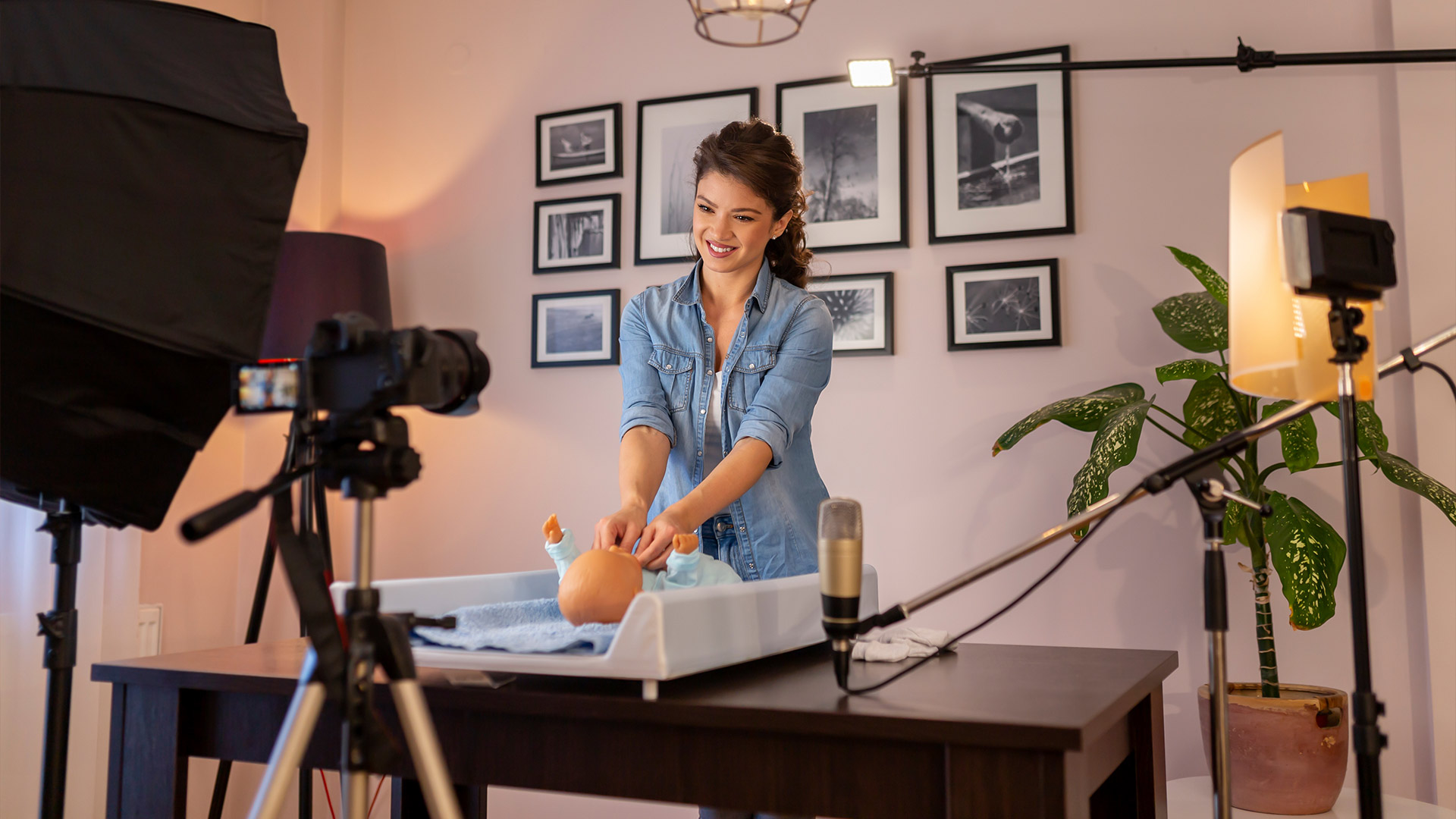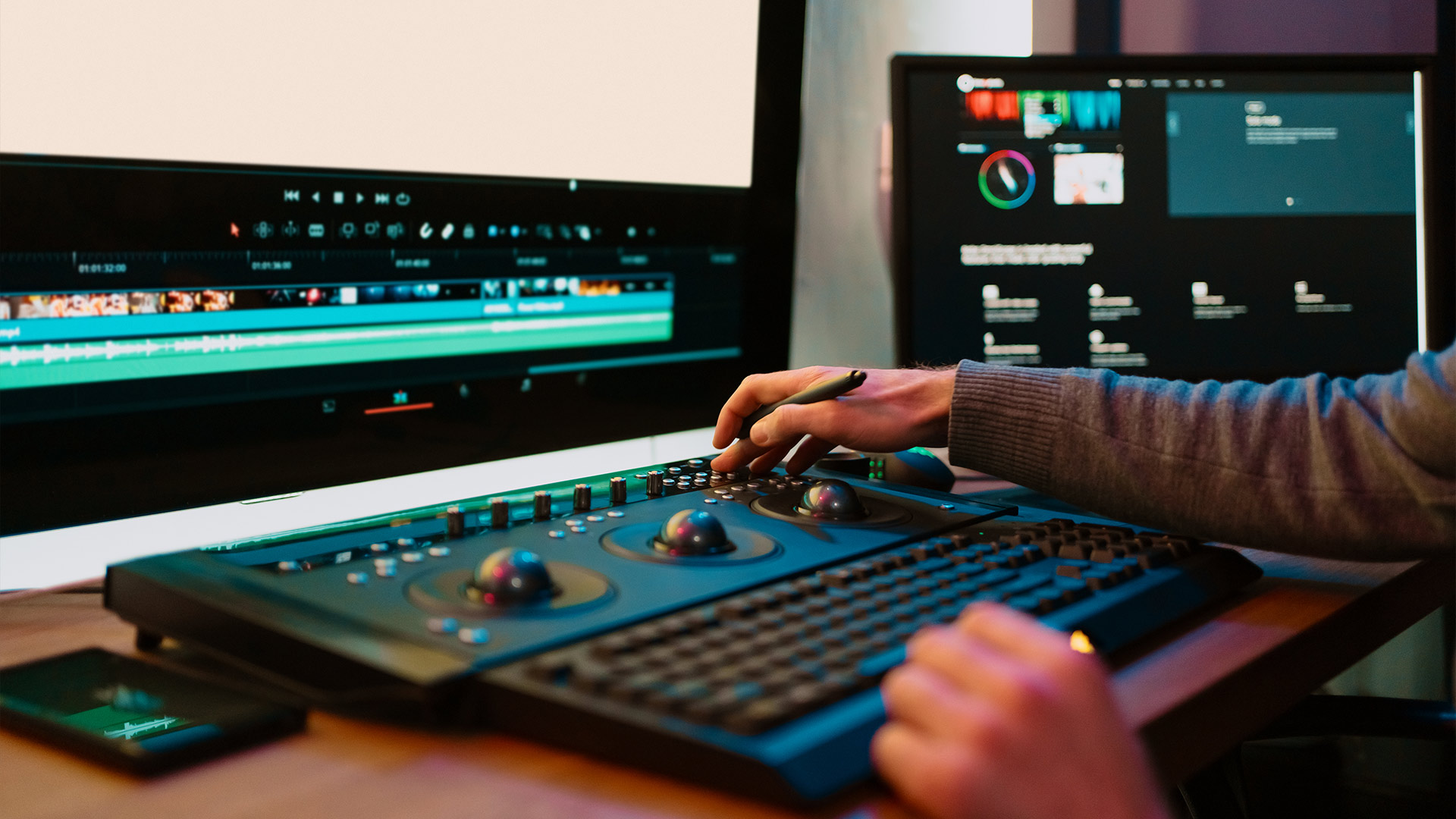Let’s face it, even the slickest video can fall flat without the right sound. Good audio doesn’t just support your visuals—it can transform the entire feel of your content. A quick swoosh makes your transition snappy. A tiny pop makes your text reveal feel deliberate. And that subtle background hum? It makes your scene feel alive.
Short videos especially benefit from smart sound choices. Because when people scroll fast, they judge quickly. Sound is part of what makes them stop and think, “Wait, this is good.”
Let’s dive into how you can use sound effects to level up your content, plus where to find quality options without paying a dime.
Why Sound Effects Matter in Short Videos
In short-form content, every second counts. Sound effects help pack more punch into each moment. They serve a few big purposes:
- Draw attention to specific actions (like when something pops up or flies in)
- Cover awkward cuts or fill in silence
- Build emotional tone—whether you want funny, dramatic, relaxed, or hype
- Add polish, making your video feel intentional and edited, not rushed
Think of it like this: video is your canvas, and sound is your brushstroke. The right stroke in the right place can totally change how it feels.
The Best Moments to Use Sound
You don’t need to add sound to everything. In fact, restraint is part of what makes it feel professional. But here are spots where it tends to work well:
- Text pop-ins or transitions
- Cut points between scenes
- Zooms, pans, or camera movement
- Visual jokes or unexpected twists
- Reveals, countdowns, or call-to-actions
Using sound intentionally gives your edits rhythm. Without it, things can feel flat, no matter how cool the visuals look.
Top Free Sound Effect Resources Creators Actually Use
You don’t need to spend $30 a month on a sound library. There are a bunch of solid free options out there. Here are some of the most useful:
YouTube Audio Library
Yes, it’s basic—but it works. Especially if you’re new to adding sound.
- Free to use even for non-YouTube videos
- Organized into categories like “game sounds” or “ambience”
- Attribution is rarely required, but double-check the license tab
This is a good starting point if you just need clean, no-fuss sound for everyday edits.
Freesound.org
This one’s a community-driven platform, so you get some wild, creative options.
- Massive database, from realistic to weird
- Some files require credit in your description
- Quality is mixed—some are super clean, others a little noisy
Great if you need something oddly specific, like “old printer startup beep” or “soda fizz loop.”
Zapsplat
Surprisingly well-organized for a free platform. Also one of the largest libraries out there.
- Account needed for downloads
- Attribution required unless you upgrade
- Clear tagging and search tools
If you want variety and don’t mind giving credit, this is one of the easiest to navigate.
Mixkit
Tidy, curated, and easy to browse. The sounds are fewer but cleaner.
- No signup needed
- 100% free for commercial use
- Perfect for social media videos
The site also has free music, video templates, and stock clips, so you can grab a few assets in one place.
Pixabay Sound
Pixabay isn’t just for stock photos—it has a decent audio section too.
- Free with no login or attribution required
- Good for basic swooshes, clicks, tech beeps, and natural sounds
- Easy to preview before downloading
Not the biggest collection, but very beginner-friendly.
How to Add Sound Effects Without Making It Weird
Sound can elevate or ruin your video depending on how you use it. Here are a few tips to keep it clean and professional:
Keep the volume in check. A sound that’s too loud, especially over a voice or music track, can feel jarring. Think of it like seasoning—just enough to notice, not overpower.
Time it right. Sound effects work best when they’re synced to something visual. If your swoosh comes half a second late, the effect is lost. Zoom in on your timeline and nudge it until it feels perfect.
Don’t overdo it. Using the same sound every time something appears gets old fast. Rotate a few go-to clips or use variations that match the moment.
Try layering. A simple pop combined with a soft ambient sound can feel more dimensional. Especially in transitions, a little layering adds texture without clutter.
Popular SFX Categories to Keep on Hand
Not sure what to look for? Here are some categories most creators use regularly:
- Pops and clicks for text reveals or button animations
- Swooshes for scene transitions
- Cartoon sounds for comedy or punch-ins
- Light ambient loops for background filler
- Dramatic stingers for reveals or cliffhangers
- Interface sounds like taps, dings, and swipes
- Applause or audience reactions for humor edits
Having a small folder of five to ten versatile sounds saves time and makes your editing faster.
Match the SFX to Your Video Type
Different types of content call for different styles of sound. Here’s a quick reference:
- Fitness: countdown beeps, foot thuds, timer buzzes
- Cooking: sizzles, chopping, ding sounds
- Comedy: record scratches, slide whistles, awkward silence tones
- Fashion/Beauty: whooshes, camera shutter sounds, sparkles
- Tutorials: keyboard taps, mouse clicks, UI beeps
If you make videos in a specific niche, build a mini sound kit around it. This keeps your content cohesive and makes post-production smoother.
Record Your Own for a Personal Touch
It’s easier than you think. Your phone mic is good enough for a lot of DIY sound.
- Snap your fingers near the mic for a clean pop
- Tap on a notebook for a soft thud
- Pour water, stir with a spoon, slam a drawer—anything can work
Then trim the clip in your editor and save it. Over time, you’ll have your own little vault of original sound.
Keep a Sound Folder Ready
Download once, use forever. Once you find sound effects that hit just right, save them somewhere you can grab fast. Organize by mood or action, name the files clearly, and keep them handy in your editing app or cloud drive.




